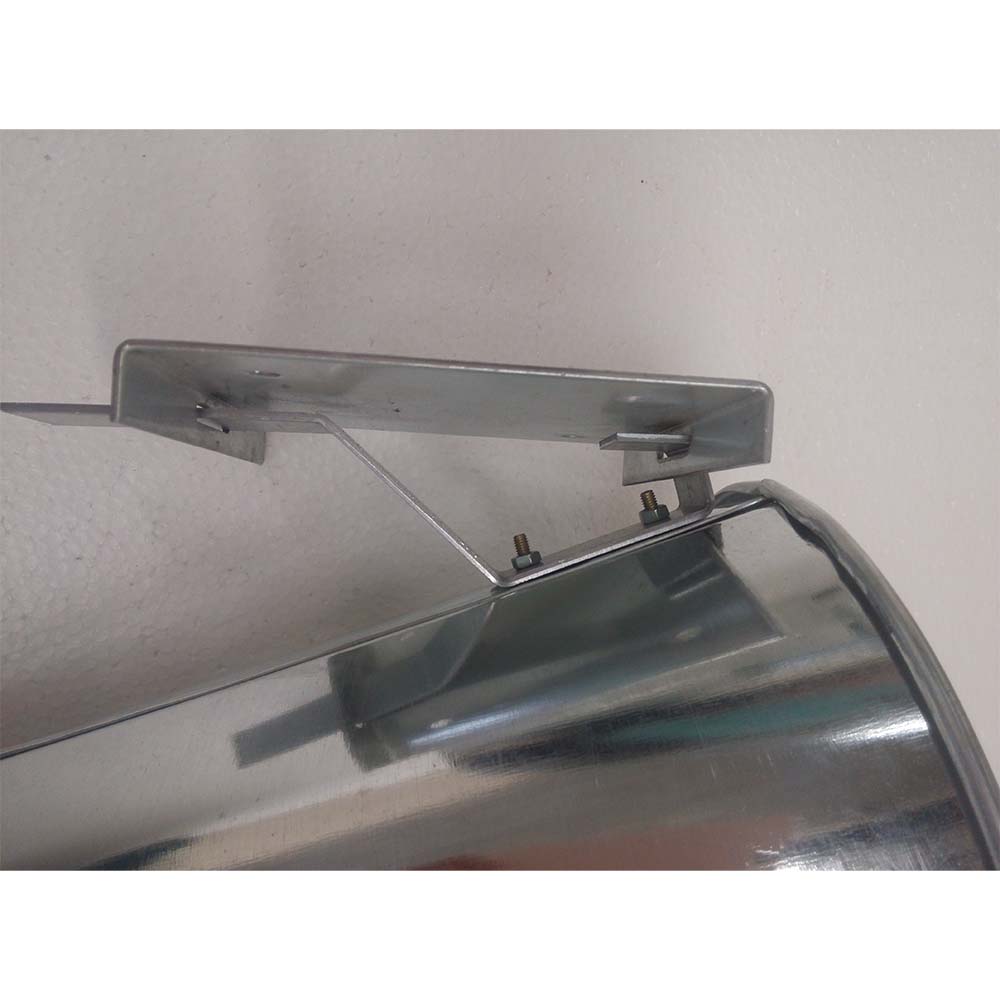commercial duck plucker
Nov . 24, 2024 06:09 Back to list
commercial duck plucker
The Commercial Duck Plucker Revolutionizing Poultry Processing
In the poultry industry, efficiency and quality are paramount. As consumer demand for duck meat rises, the need for effective processing techniques becomes increasingly critical. Enter the commercial duck plucker—a machine designed to streamline the plucking process, reduce labor costs, and enhance overall product quality.
The Importance of Duck Plucking
Plucking is a crucial step in poultry processing. It involves removing feathers from the bird after slaughter, which can significantly impact the quality of the finished product. Traditional plucking methods, often labor-intensive and time-consuming, are no longer viable in a fast-paced market. As a result, commercial duck pluckers have emerged as essential tools for poultry processors seeking to optimize their operations.
How Commercial Duck Pluckers Work
Commercial duck pluckers operate on a straightforward principle they use rubber fingers or cones to remove feathers quickly and efficiently. When a duck is introduced into the machine, the rotating rubber fingers gently grasp the feathers and pull them out. The speed of the machine, coupled with the design of the rubber components, ensures that feathers are removed without damaging the skin or meat of the duck.
These machines come in various models, catering to different scales of production. Smaller operations may opt for compact, table-top versions, while larger facilities often invest in full-sized plucking machines that can handle multiple ducks simultaneously. This scalability allows businesses of all sizes to benefit from improved efficiency and reduced labor costs.
Benefits of Using Commercial Duck Pluckers
The advantages of commercial duck pluckers are numerous. Firstly, they greatly increase processing speed. While manual plucking can take several minutes per bird, a commercial plucker can reduce this time to mere seconds. This means that processors can handle higher volumes of ducks with the same workforce, ultimately increasing their productivity.
Secondly, the use of commercial pluckers improves the consistency and quality of the plucking process. Manual plucking often results in uneven removal of feathers, leading to subpar product quality. In contrast, machines provide a uniform standard, ensuring that each bird is processed with the same level of care and precision.
commercial duck plucker

Furthermore, automation in the plucking process enhances hygiene. Manual handling of birds can result in contamination risks. Modern plucking machines are designed with food safety in mind, incorporating materials that are easy to clean and disinfect, thereby maintaining high hygiene standards during processing.
Challenges and Considerations
While the advantages of commercial duck pluckers are compelling, there are also challenges that operators must consider. The initial investment in these machines can be significant, especially for smaller operations. It is essential for poultry processors to weigh the upfront costs against the long-term benefits of increased efficiency and reduced labor.
Additionally, operators need to be trained to use these machines properly. Misuse can lead to mechanical issues or diminished product quality. Regular maintenance is also crucial to ensure that the pluckers operate smoothly and effectively over time.
The Future of Duck Processing
As the poultry industry continues to evolve, the role of technology in processing will become even more pronounced. Commercial duck pluckers represent just one facet of this transformation. Innovations in machine design, automation, and food safety will further enhance the efficiency and quality of duck processing.
Moreover, with the rise of sustainable practices in agriculture, manufacturers are increasingly focusing on creating machines that minimize waste and energy consumption. This aligns with consumer preferences for ethically sourced products and can set businesses apart in a competitive marketplace.
Conclusion
In conclusion, the commercial duck plucker is revolutionizing the way poultry processors operate. By introducing efficiency, consistency, and improved hygiene into the plucking process, these machines are essential for meeting the growing demand for duck meat. As technology continues to advance, the future of poultry processing looks brighter than ever, paving the way for innovations that benefit both producers and consumers alike. Embracing these changes will not only enhance business operations but also contribute to a sustainable and efficient food industry.
-
Hot Sale 24 & 18 Door Rabbit Cages - Premium Breeding Solutions
NewsJul.25,2025
-
Automatic Feeding Line System Pan Feeder Nipple Drinker - Anping County Yize Metal Products Co., Ltd.
NewsJul.21,2025
-
Automatic Feeding Line System Pan Feeder Nipple Drinker - Anping County Yize Metal Products Co., Ltd.
NewsJul.21,2025
-
Automatic Feeding Line System - Anping Yize | Precision & Nipple
NewsJul.21,2025
-
Automatic Feeding Line System - Anping Yize | Precision & Nipple
NewsJul.21,2025
-
Automatic Feeding Line System-Anping County Yize Metal Products Co., Ltd.|Efficient Feed Distribution&Customized Animal Farming Solutions
NewsJul.21,2025






